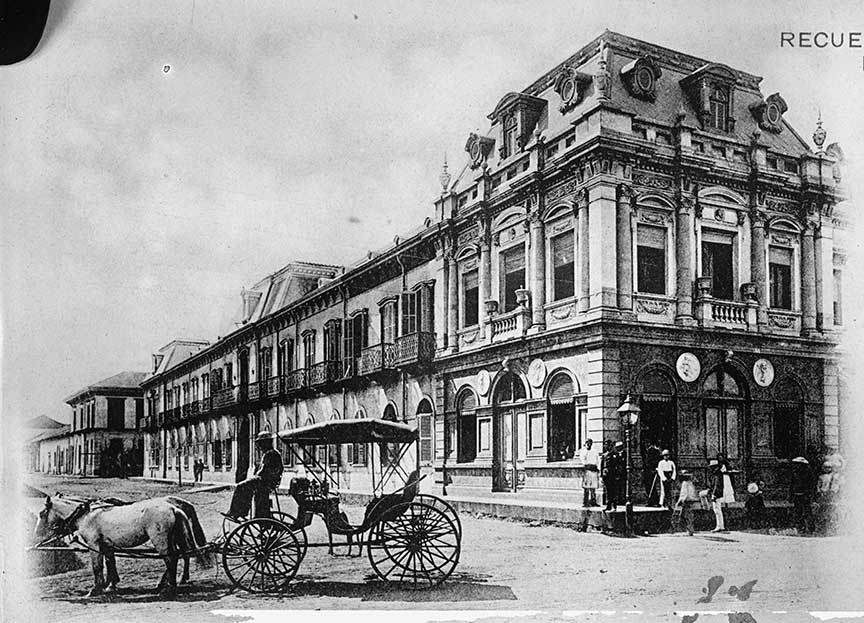1936 -Somoza Gains Control of Nicaragua

Nicaragua Legislatrue
The legitimate government of Juan Sacasa was overthrown by the National Guard led by General Anastasio Somoza. Somoza became President and acquired dictatorial powers. Members of his family ruled Nicaragua for the next forty years.
The political landscape of Nicaragua underwent a dramatic transformation with the overthrow of President Juan Bautista Sacasa in 1936. Sacasa, initially elected in 1932, represented the legitimate government and was part of the Liberal Party. His presidency was marked by efforts to stabilize the country following U.S. military occupation and the political turmoil that had characterized Nicaraguan politics.
However, his administration faced significant challenges, including opposition from conservative factions and the National Guard. The National Guard, led by General Anastasio Somoza García, emerged as a powerful force in Nicaraguan politics, having been trained and organized initially by the U.S. Marines during the American occupation as a gendarmerie force.
Anastasio Somoza García, leveraging his control of the National Guard, orchestrated a coup d'état in 1936, effectively deposing Sacasa. Somoza then quickly consolidated power, manipulating the political system to declare himself president in 1937 through a rigged election. His ascent to power marked the beginning of the Somoza family dynasty that would dominate Nicaraguan politics for the next four decades.
Under Somoza's rule, and subsequently under his sons, Luis Somoza Debayle and Anastasio Somoza Debayle, Nicaragua was characterized by authoritarian governance, suppression of political opposition, and pervasive corruption. The Somoza family amassed significant wealth and maintained control through a combination of political patronage, brutal military enforcement, and strategic alignments, particularly with the United States during the Cold War.
The Somoza dynasty's rule was marked by economic disparities and significant human rights abuses, leading to widespread discontent. This unrest eventually contributed to the rise of the Sandinista National Liberation Front (FSLN), a revolutionary movement that would ultimately overthrow the last Somoza, Anastasio Somoza Debayle, in 1979, ending the family's long hold on power and ushering in a new but equally turbulent chapter in Nicaraguan history.
 >
>